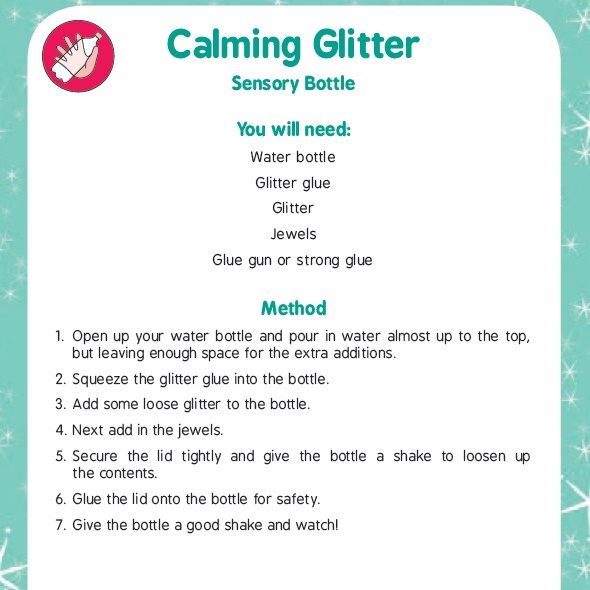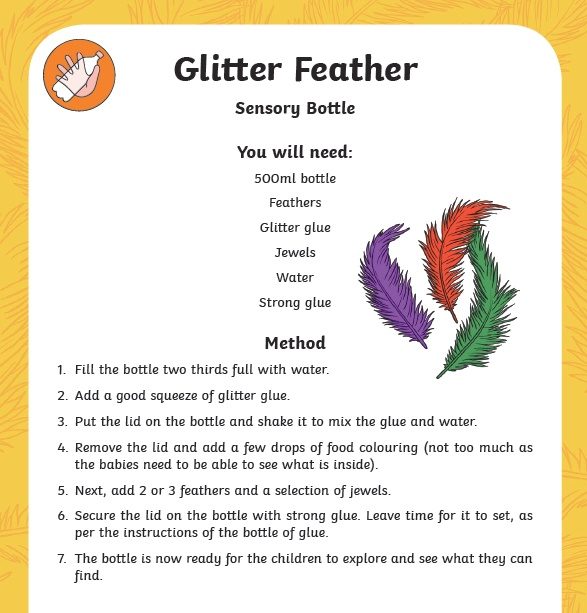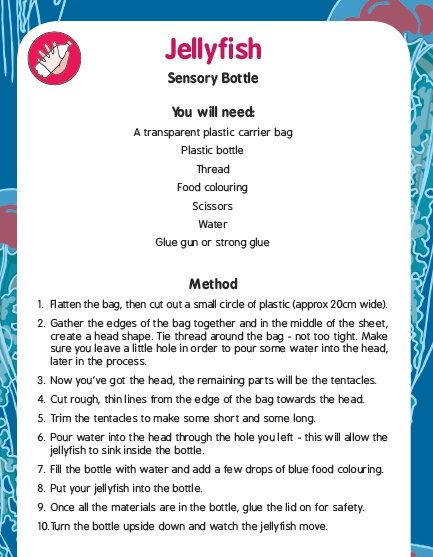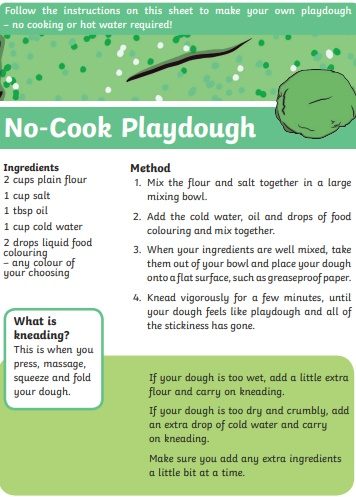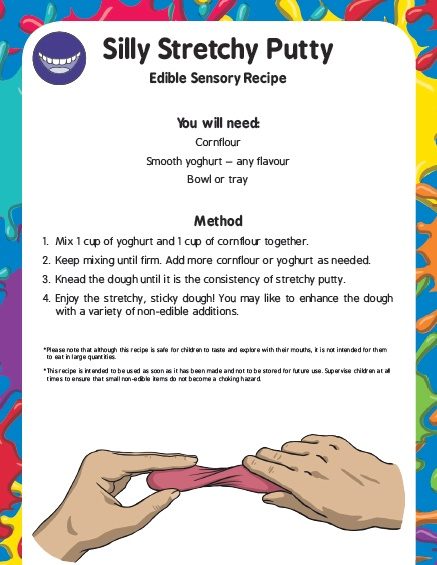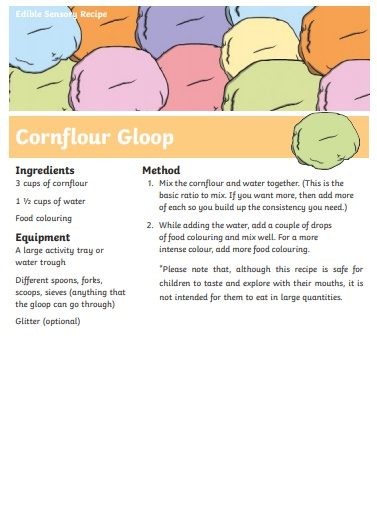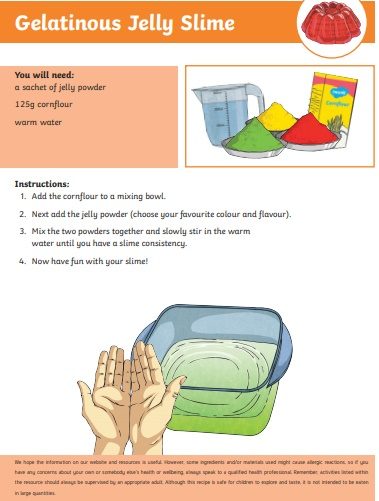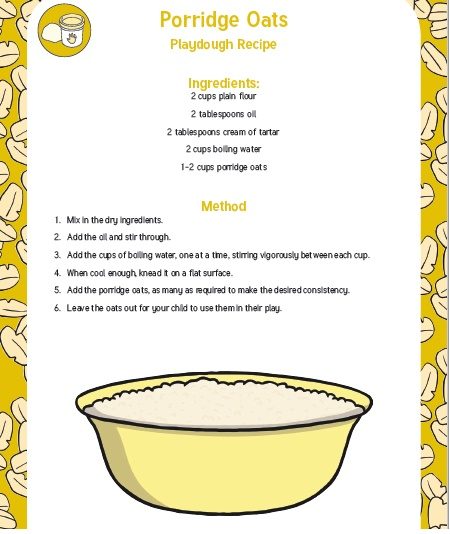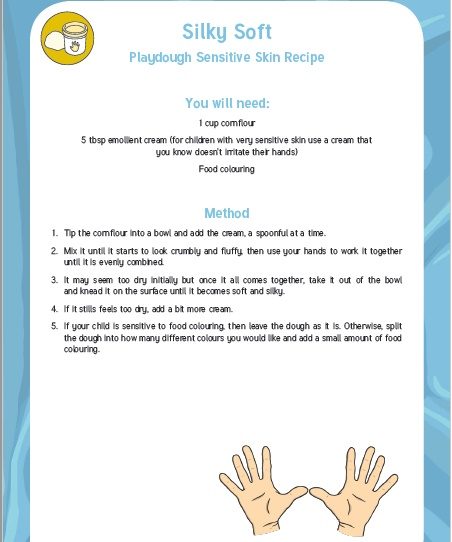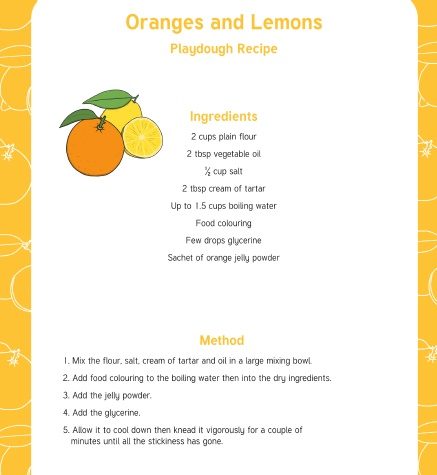Balloons – Blow up a few and draw funny faces on them. Let them bash it around and try to catch it. If you want to, get a paper or plastic plate and try hitting the balloon with their ‘bat’. Blow them up and lets them go – listen to the funny noises they make sometimes.
Cardboard box play – Transform a cardboard box into a robot, feely box, fort or tunnel.
Messy play – If shaving foam will get eaten use natural yoghurt! Get a tray and put drops of natural food colouring in it and let them ‘paint’ – if you want to mix up texture pop some frozen peas and sweetcorn in too – paint funny faces with them. Just remember to have a bowl of soapy water and a facecloth nearby!
Couch forts and tunnels – Get a couch cushion and put it between a coffee table and chair or over two chairs. Make a maze with scatter cushions. Make a fort at one end. Throw a blanket over the top and give them a torch.
Make it Dark – Shut the curtains, turn out the lights, then give the children a torch, glow sticks or anything that glows or lights up. Do a puzzle, read a story, dance to music. The darkness brings it alive.
Sink or Float – . Fill something with water (something see-through is best) then gather random objects from about the house that will fit in your container. Put the objects into the water. Catch those which float, dip your arms right in the rescue those which sink. Your child has to guess if they will sink or float and then sort them into two piles once you see which it is.
Make homemade musical instruments – Use recycled household items and lentils/pasta/dried pulses. Play Fun Kids (junior)Radio on the internet, a digital radio and play along to the songs.
Build a den
